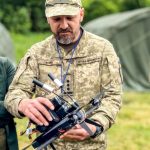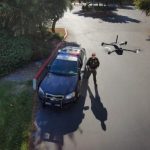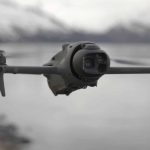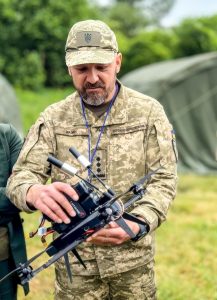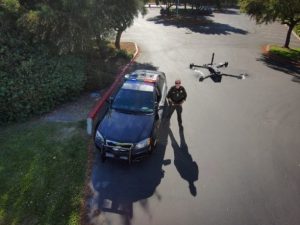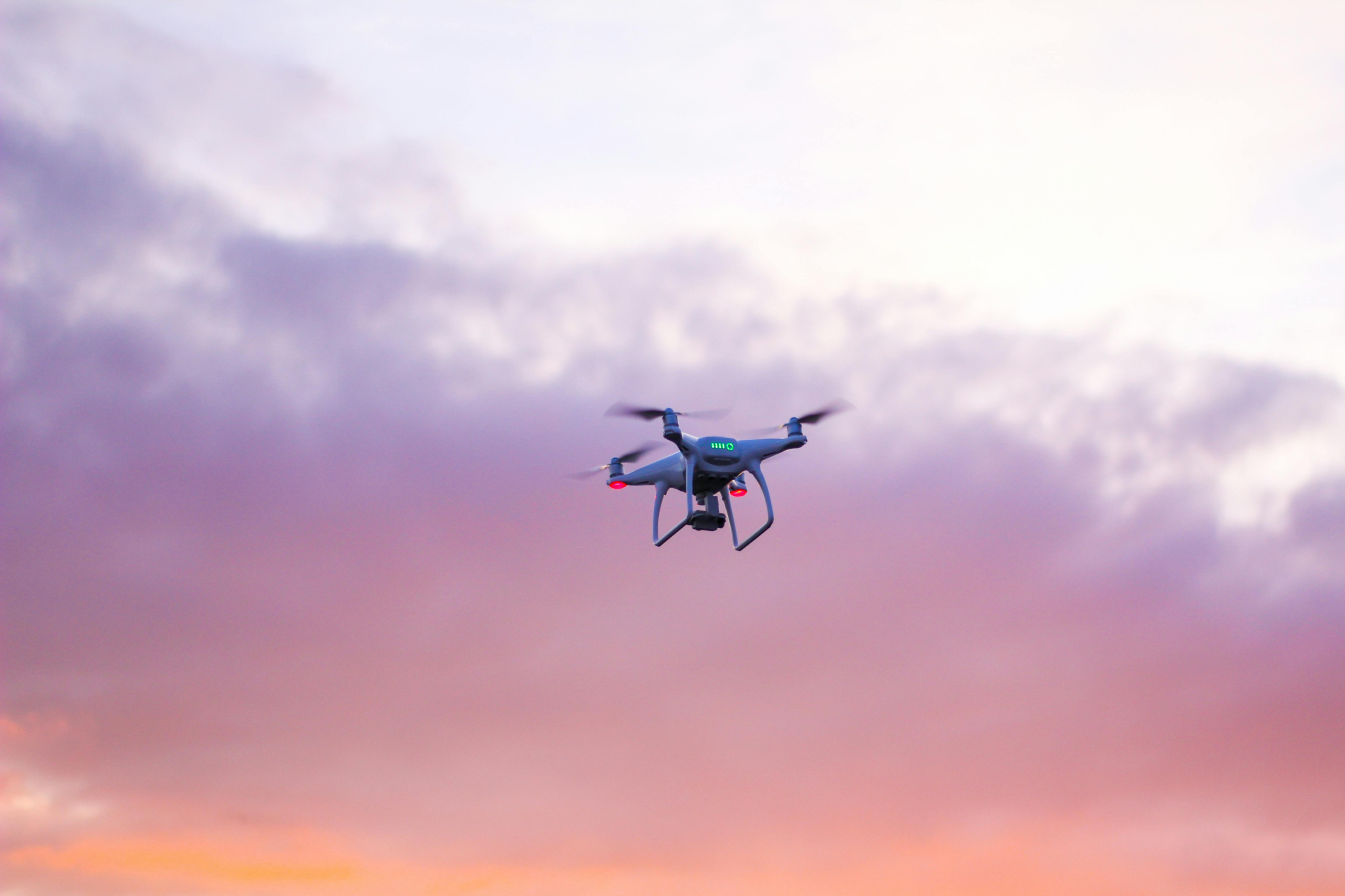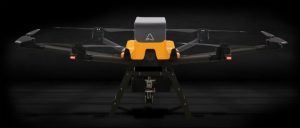A Recommendation to the FAA: Bridging Historical Past and Modern Challenges in BVLOS
May 12, 2025 – It appears that the 18th-century English experienced similar challenges with Beyond Visual Line of Sight (BVLOS) navigation as we face today with drone operations, albeit with large vessels.
The English were dealing with an expansive empire that necessitated dispatching their navy across vast oceans, often leading to risky returns to the British Isles. During that era, navigation was rudimentary at best. While compasses provided general directional guidance, sailors were otherwise dependent on guesswork regarding their precise location.
The strategy was to sail west from Britain, hopeful that an onboard crew member recognized land several months later, allowing them to carefully navigate their route to port. However, this significant challenge meant if land appeared unexpectedly—such as in dense fog—ships risked running aground, leading to catastrophic incidents.
This brings us to one notorious case of BVLOS failure, that of Sir Cloudesley Shovel, an admiral who tragically lost his fleet in 1707 due to such navigational hazards in fog near the southwestern coast of England.
Shovel’s maritime legacy is not solely marked by this tragic failure; he also famously inspired the term “Big Wig” through his pursuits as an inventor of elaborate hairpieces fashionable in his time—though many now view it as a significant style misstep.
From these historical failures arose a pressing question: How could the English improve navigation? This led to rewards being offered for innovative solutions, taking years of experimentation to find a viable path forward.
Ultimately, visionary inventor John Harrison emerged with a groundbreaking mechanical spring-driven clock in 1765. This invention recognized that traditional pendulum clocks were impractical aboard rolling ships. Harrison’s precise timekeeping mechanism was essential for accurately determining longitude, thereby significantly enhancing the English navy’s navigational capabilities.
Fast forward to our present-day BVLOS landscape for drones, as we confront similar navigation challenges. As of early 2025, the FAA has yet to release the Notice of Proposed Rulemaking (NPRM) for Part 108 regarding BVLOS regulations, raising concerns about potential delays in integrating drones into national airspace.
The FAA faces complex challenges, having to reconcile nearly a century of existing regulations while incorporating advanced technologies such as detect-and-avoid systems. Similar to the navigators of the 18th century, the FAA is employing an iterative method, granting waivers to study outcomes and refine approaches.
Still, the cautious approach arises from real experiences with near-failures and the intricacies of diverse environments; what succeeds in rural areas doesn’t necessarily translate to urban settings.
Given this complexity, we recommend the FAA adopt a phased strategy with a “Part 108A” focusing on rural applications first, followed by “Part 108B” targeting denser urban locales. This structured approach allows us to establish effective regulations tailored to each environment.
The start-up Zipline illustrates this premise: recognizing the better conditions for drone delivery in rural Rwanda over the U.S. Their success with a performance-based regulatory model in Rwanda’s rural areas underscores the potential for implementing similar frameworks domestically.
As we seek to implement BVLOS solutions today, do we possess the necessary technological backbone akin to Harrison’s watch? Companies like ResilienX provide promising developments. CEO Andrew Carter elaborates on how technology now meets the needs of complex environments with more than 200 BVLOS waivers issued in the past year, reflecting growing regulatory confidence.
However, many of these waivers operate in rural settings where circumstances are more controllable. For example, the New York Power Authority has received a permanent waiver for essential infrastructure inspections, demonstrating the FAA’s confidence stemming from less complex environments.
As the FAA navigates the creation of comprehensive BVLOS regulations for the entire country—a daunting task—taking cues from Rwanda’s approach may surface as a viable pathway to effectively scale drone applications in rural regions first.
About the Author: Justin Call is the CEO of Modovolo, a start-up that has unveiled the Lift, a versatile modular drone platform designed for various applications. Experience it yourself!
About Modovolo: Modovolo is pioneering the Lift, an innovative modular drone platform made from interconnectable Lift Pods and Utility Pods, offering customizable configurations for diverse operational needs.
For inquiries, contact: Justin Call, [email protected]
